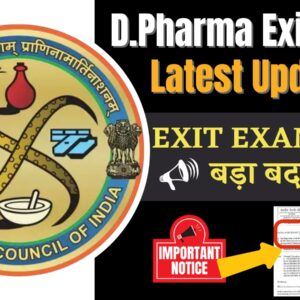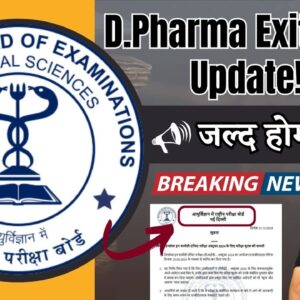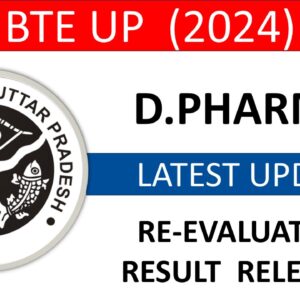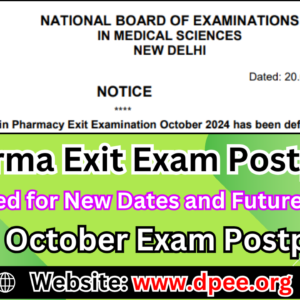Pharmacognosy Quiz (Part-1):
[ays_quiz id=’52’]
Pharmacognosy Quiz (Part-2):
[ays_quiz id=’53’]
Pharmacognosy Quiz (Part-3):
[ays_quiz id=’54’]
Pharmacognosy Quiz (Part-4):
[ays_quiz id=’55’]
Pharmacognosy Quiz –
Welcome to the Pharmacognosy Quiz! This quiz features 100 MCQs divided into 4 sets of 25 questions each, focusing on the study of natural products and their medicinal applications. You’ll explore the therapeutic potential of herbal medicines, the phytochemical constituents of plants, and the processes involved in the extraction and formulation of natural products. Each question is designed to deepen your appreciation for the role of pharmacognosy in modern pharmacy practice, connecting traditional knowledge with contemporary applications. This preparation will ensure you are ready for the D Pharma Exit Exam (DPEE) and poised to incorporate natural products into your future practice.




